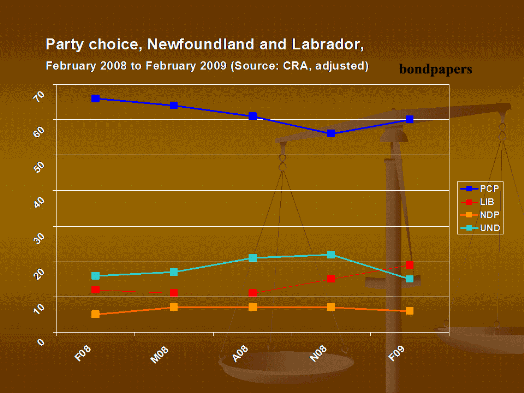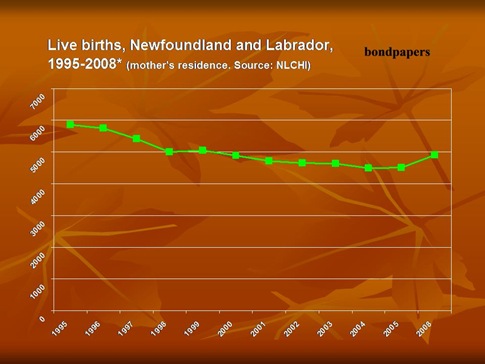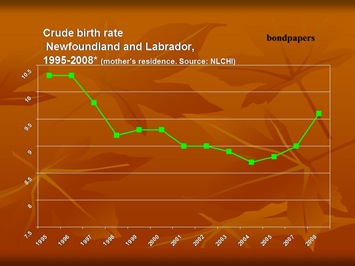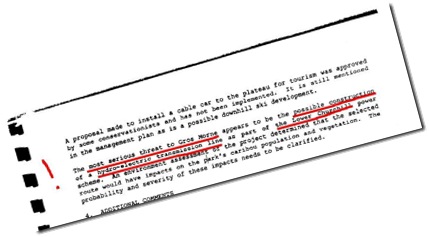Here’s a great comment attributed to the provincial government’s pollster, CRA’s Don Mills, by voice of the cabinet minister:
Mills says Williams draws support from all pockets of the province, regardless of the party voters normally support.
That’s a really interesting claim for Mills to make given that he has absolutely no data on which to base it.
Firstly, in his quarterly survey CRA doesn’t ask people which party they “normally” support. Heck, they don’t even provide demographic or geographic data so that we could all get a better understanding of what is going on out there among potential voters. They could be polling 100% on George Street on Saturday night or – less facetiously – polling overwhelmingly in the traditional Tory base of support in and around St. John ‘s for all we would know.
Secondly, given that Mills’ polling is wildly out of whack with the results of the last provincial election, he really should wonder whether or not he could even infer “normal” party support from his polling.
Third, even if he possibly could draw that conclusion reasonably by inference, the CRA data - presented as CRA presents it suggests a much more interesting story about a drop in support for his client.
Mills doesn’t talk about that aspect of his client’s numbers, though. In fact he’s been known to issue news releases making claims his own data doesn’t really support, once you take out the distorting of discussing only decideds.
One of the things to notice about the November 2008 poll is that it showed the lowest PC party numbers in recent times and also happens to be considerably more accurate (as a function of margin of error) than any poll Mills has done recently. The one just released had a margin of error almost double the one from November.
Fourth, if you wanted to do some longer term analysis, even accepting CRA poll results as presented as being valid, you can get something a lot more interesting than just saying “He’s more popular than Jesus.” Incidentally, the Alex Marland quoted in the VOCM story that started this is the same guy mentioned in that link. Take note too of the frequency of CRA polls with a margin of error of plus or minus 4.9%.
Even with CRA’s own release you see an interesting couple of things that Mills won’t mention. Rather than use his own data and generate some interesting news, he seems to favour stroking the client in public.
Since February last year support for the Provincial Conservatives has dropped eight percentage points. It’s an unmistakeable trend. That’s roughly a 10% drop, for what it’s worth.
At the same time, and given that the poll just taken shows the lowest level of undecideds in the past 12 months, the Liberal party support has gone up by eight percentage points, nine if you include the drop in the second quarter of 2008. Soaring economy, bags of money and public support for the ruling party goes down. A rump opposition party with a temporary leader picks up steadily.
Not only that but this is best performance by the Liberal party since November of 2005.
That trending comes despite the current governing party holding onto the kind of popular satisfaction numbers you’d only see in North Korea.
Yep. Even as crude an instrument as a CRA quarterly poll can yield way more interesting stuff than what gets reported if you just look. Part of seeing that would be to look past the old story of popularity or saying stuff for which there is no data to support and actually analysing the information that you do have.
Would that get government’s pollster a nasty phone call one wonders?
-srbp-



 Statistics Update: The number crunching
Statistics Update: The number crunching 
